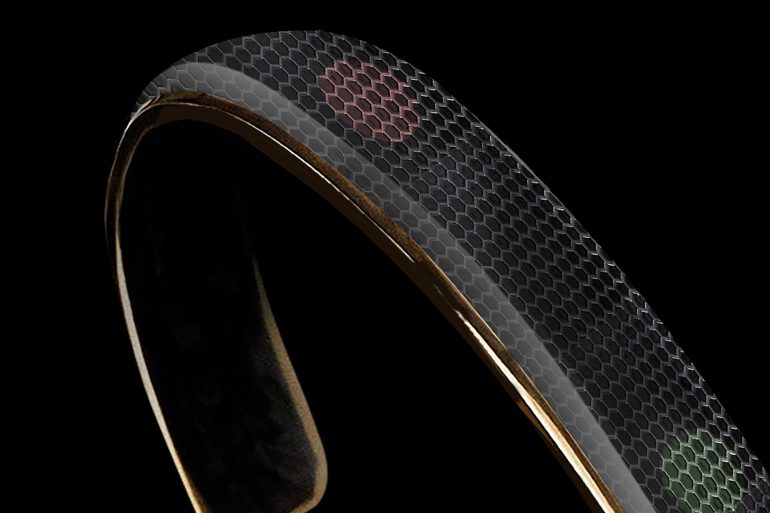We are still grappling with the coronavirus pandemic, and the number of patients are rising every day. Yet, the nationwide lockdown is being gradually lifted. Social spaces including offices, markets and even restaurants are slowly opening up. Soon, we have to cautiously and carefully plan revisiting social and public spaces in the post-lockdown world. Designers and architects have been imagining products that could help assert the new boundaries of personal space.
A Delhi-based architecture studio called Architecture Discipline has designed a smart choker, sChoker, a social distancing neck brace that monitors and notifies about the proximity of people in public and social gatherings. “In all probability, the new normal might entail a considerable number of strategies around intrusion definitions and proximity ‘control’ in our existential circles. For this very purpose, we need to predict, design and create new applications and products that shall ease our re-habitation into the new normal,” says Akshat Bhatt, principal architect at Architecture Discipline. sChoker is designed keeping in mind the special needs of people with visual and hearing impairment, helping them detect safe levels of proximity.
The first prototype proposed is made from carbon fibre and makes use of 3d printing technology, and the first version makes use of simple thermal sensors (PIS sensors) to detect close animate presence and inform the host, while still maintaining privacy and anonymity. The Choker has an integrated microprocessor chip that maps the multiple receptions, and processes it through a simple code that sorts the wavelength readings and converts it into a proximity value based on the intensity of the wavelength.
Designed as a circular ring that allows mounting of the PIS sensors to cover a 360 degrees angle and wearing it around the neck (the straightest part of human body while moving) allows sensing without obstruction. The Choker has an integrated microprocessor chip that maps the multiple receptions, and processes it through a simple code that sorts the wavelength readings and converts it into a proximity value based on the intensity of the wavelength.


**

